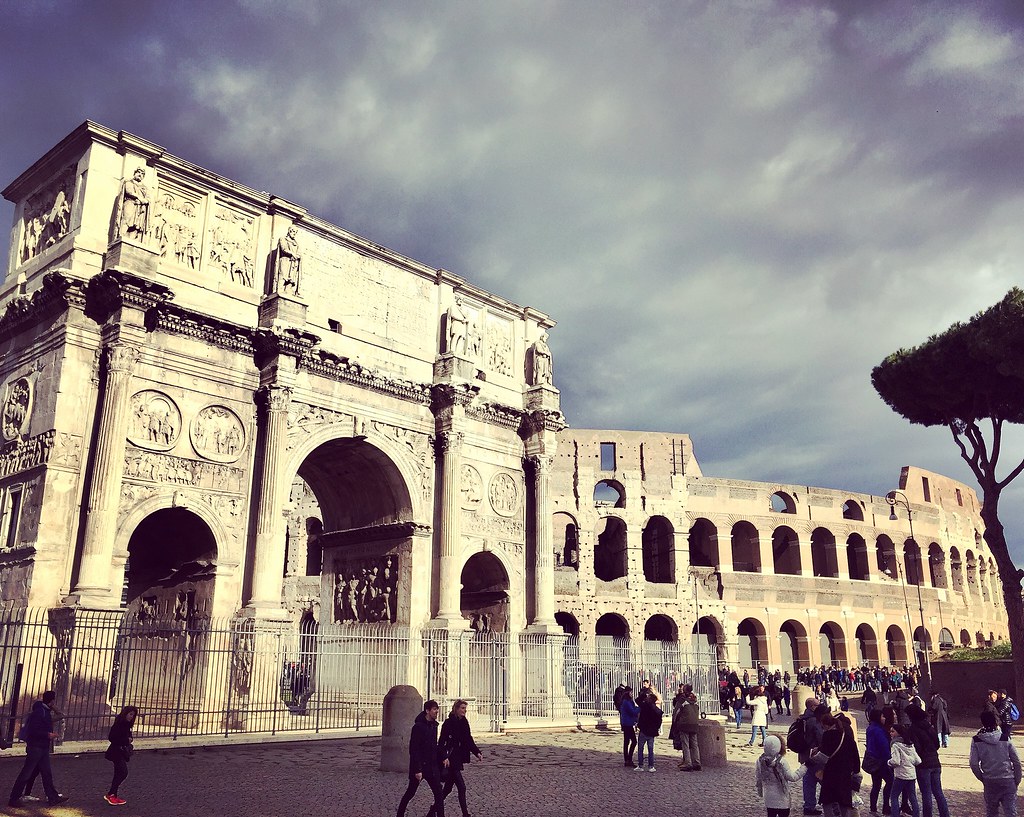Historical Journeys: Walking Through Time in Ancient Cities
Explore the rich history and captivating stories of ancient cities that have stood the test of time, offering a glimpse into the past.

The Allure of Ancient Cities
Exploring ancient cities is akin to stepping into a time machine, offering a window into civilizations that laid the foundations of our modern world. These cities, with their intricate architecture and storied pasts, are more than just historical sites; they are living museums that tell tales of human ingenuity, culture, and resilience. Walking through the cobbled streets or standing in the shadow of towering ruins, one can almost hear the whispers of bygone eras. Each stone, artifact, and ruin carries with it the legacy of the people who once thrived there, offering invaluable insights into their daily lives, beliefs, and aspirations. For travelers and history enthusiasts alike, ancient cities provide a unique opportunity to connect with the past in a deeply personal way, making every visit a profound experience.
Architectural Marvels of the Past
The architectural wonders of ancient cities are a testament to the advanced engineering skills and artistic vision of early civilizations. From grand temples and palaces to intricate carvings and mosaics, these structures reveal the aesthetic sensibilities and technical prowess of their creators. Often built using local materials and innovative techniques, these edifices have withstood the test of time, continuing to awe visitors with their grandeur. Walking through these sites, one can appreciate the meticulous craftsmanship that went into their construction. The use of symmetry, geometry, and symbolism in ancient architecture not only served functional purposes but also reflected the cultural and religious values of the society. As one explores these ancient marvels, it becomes evident that they were designed to impress, inspire, and convey the power and prestige of their builders.
Cultural Echoes and Traditions
Ancient cities are rich in cultural heritage, offering glimpses into the traditions, rituals, and social structures of the past. These cities were often cultural hubs, where art, music, and literature flourished. Festivals and ceremonies, many of which continue to this day, originated in these ancient urban centers, highlighting the enduring influence of their cultural practices. Visitors to these sites can witness the remnants of ancient art forms, such as pottery, sculpture, and frescoes, which provide valuable insights into the aesthetic preferences and technological advancements of the time. By engaging with these cultural echoes, travelers can gain a deeper understanding of how ancient societies communicated their values, beliefs, and identities through creative expression.
The Intersection of Commerce and Civilization
The role of ancient cities as centers of trade and commerce cannot be overstated. These cities often served as bustling marketplaces where goods, ideas, and cultures were exchanged. The strategic locations of many ancient cities facilitated trade routes that connected distant regions, contributing to economic prosperity and cultural exchange. The remnants of marketplaces, trade routes, and harbor facilities provide evidence of the vibrant commercial activity that once characterized these urban centers. Exploring these sites, visitors can imagine the lively interactions between merchants, artisans, and travelers, each contributing to the city's dynamism. The economic vitality of ancient cities not only fueled their growth but also fostered a rich tapestry of cultural diversity, making them melting pots of innovation and exchange.
Spiritual Centers and Sacred Spaces
Many ancient cities were also spiritual epicenters, home to sacred temples, shrines, and other religious structures. These sites served as places of worship, pilgrimage, and community gathering, reflecting the spiritual beliefs and practices of the time. The architectural grandeur and artistic embellishments of these sacred spaces often mirrored the reverence in which they were held. Pilgrims and worshippers would travel great distances to seek divine favor, partake in rituals, and celebrate religious festivals. The enduring presence of these spiritual landmarks highlights the importance of religion in shaping the social and cultural landscape of ancient cities. Today, these sacred spaces continue to draw visitors who seek to connect with the spiritual heritage of the past and experience the serenity and sanctity they offer.
The Legacy of Ancient Governance
The political structures and governance systems of ancient cities laid the groundwork for modern administrative practices. These cities were often governed by complex hierarchies, with rulers, officials, and councils overseeing various aspects of city life. The remnants of administrative buildings, inscriptions, and legal documents provide valuable insights into the political organization and governance strategies employed by ancient civilizations. Visitors to these sites can explore the locations where important decisions were made, treaties were signed, and justice was administered. Understanding the governance systems of ancient cities offers a glimpse into how early societies managed resources, resolved conflicts, and maintained social order, highlighting the evolution of political thought and practice over time.
Preserving the Past for Future Generations
The preservation of ancient cities is crucial for safeguarding our cultural heritage and ensuring that future generations can continue to learn from and be inspired by these historical treasures. Conservation efforts, led by archaeologists, historians, and local communities, aim to protect these sites from natural decay and human-induced threats. By supporting sustainable tourism practices, visitors can contribute to the preservation of these invaluable sites while enjoying a meaningful travel experience. Engaging with local guides and participating in educational programs can enhance one's understanding of the historical significance and contemporary challenges faced by these ancient cities. As custodians of our shared heritage, it is our responsibility to ensure that these windows into the past remain open for future explorers to discover and appreciate.